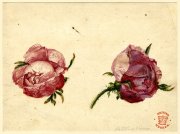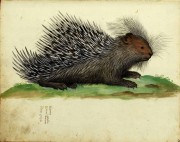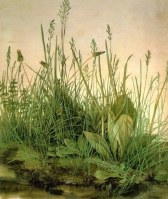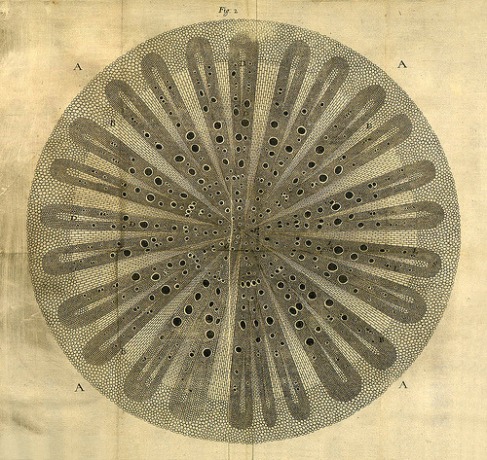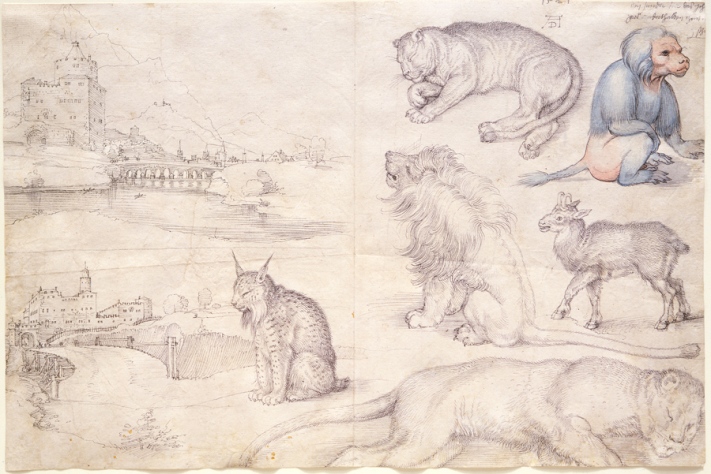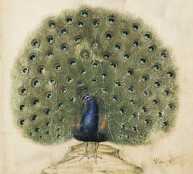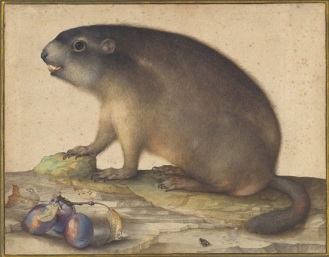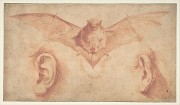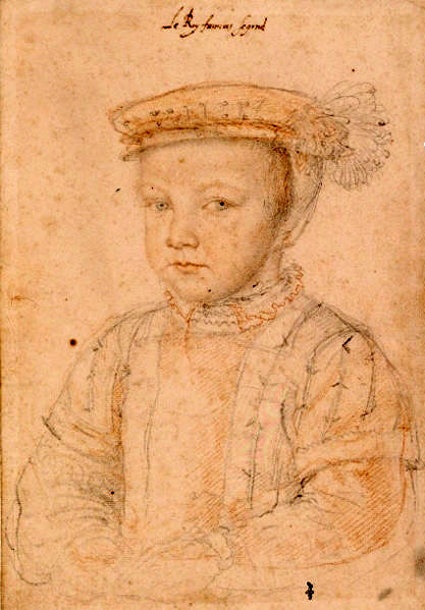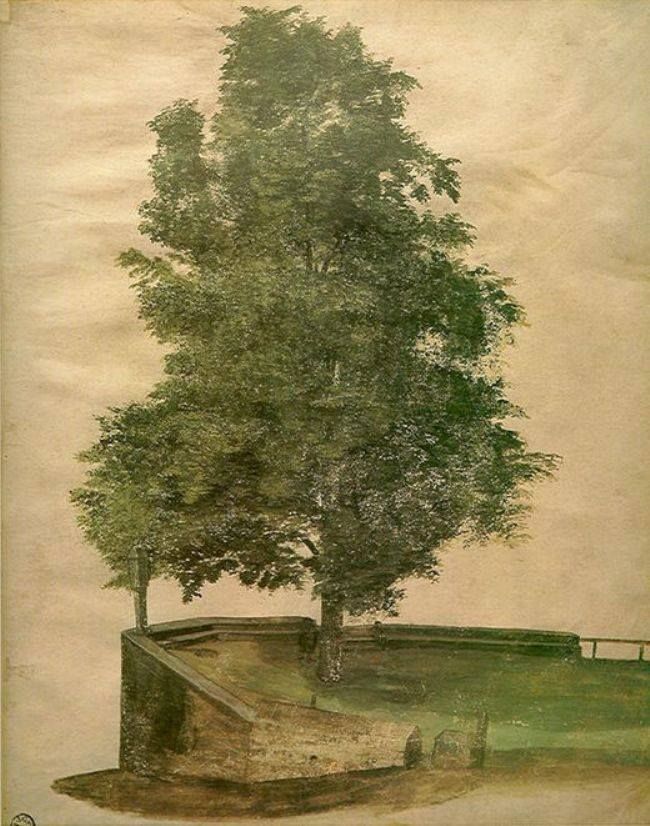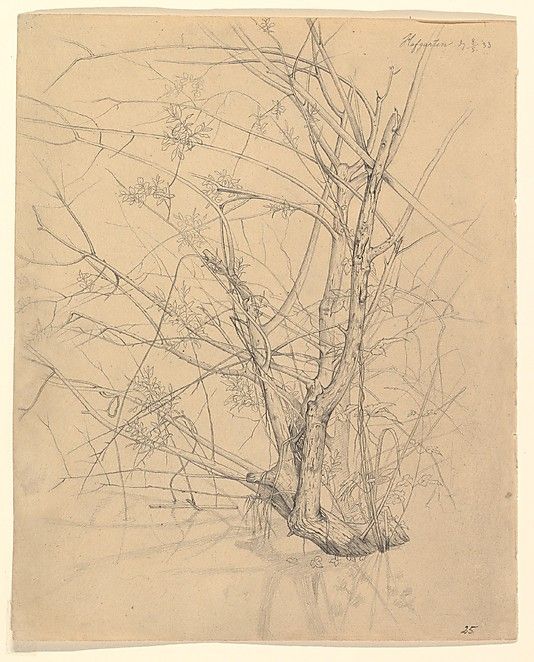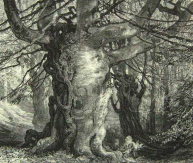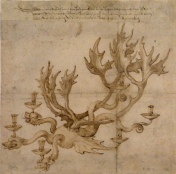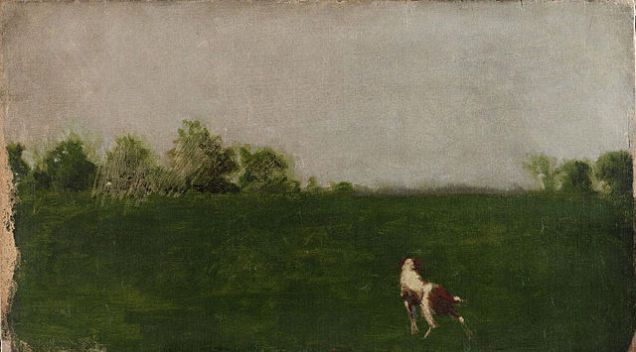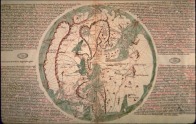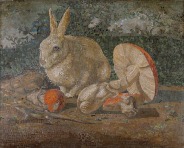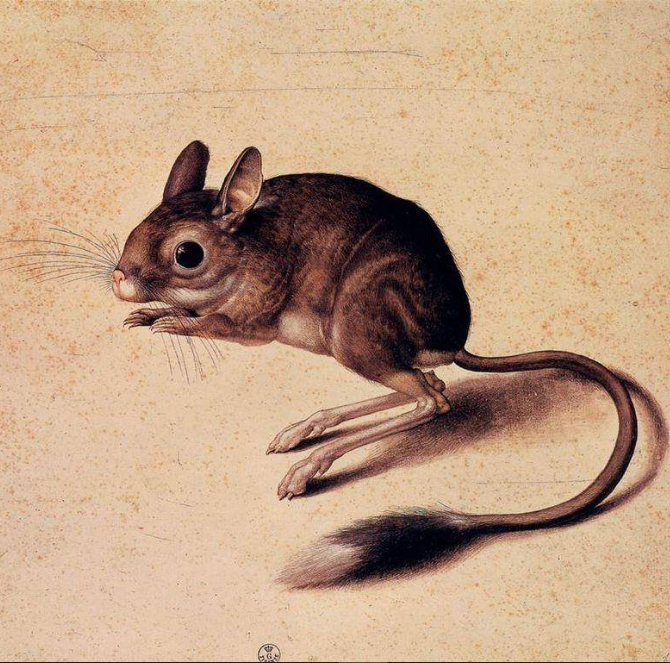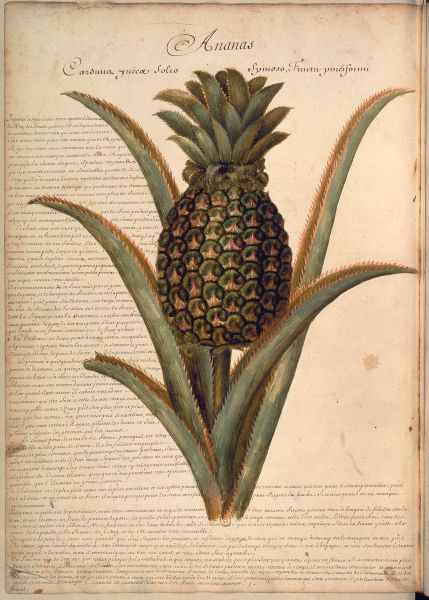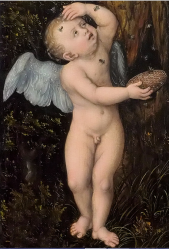 Stereoscopic Photograph of Victorian Greenhouse
Stereoscopic Photograph of Victorian Greenhouse
by Heather Rogers, for The New York Times
At the turn of the 20th century, when Thomas Edison–who made possible the near-universal use of electric light and power utilities, sound recording, and motion pictures, all of which established major new industries worldwide–was at the height of his career, the notion that buildings, which now account for more than a third of all energy consumed in the United States, would someday require large amounts of power was only just coming into focus.
Where that power would come from — central generating stations or in-home plants; fossil fuels or renewable resources — was still very much up for debate.
A 1901 article about Edison in The Atlanta Constitution described how his unorthodox ideas about batteries could bring wattage to the countryside: “With a windmill coupled to a small electric generator,” a rural inhabitant “could bottle up enough current to give him light at night.”
The earliest wind-powered house was fired up in Cleveland in 1888 by the inventor Charles Brush, but Edison aspired to take the technology to the masses.
He made drawings of a windmill to power a cluster of four to six homes, and in 1911 he pitched manufacturers on building a prototype.
Edison’s batteries also fueled some cars and trucks, and he joined forces with Henry Ford to develop an electric automobile that would be as affordable and practical as the Model T.
The Constitution article discussed plans to let people recharge their batteries at plug-in sites along trolley lines; the batteries could also be refreshed courtesy of the home windmill.
Edison also, like other scientists of his day, was beginning to understand even then that fossil fuels wouldn’t last forever.
In 1913, Scientific American published an issue on energy problems, observing: “The question of the possible exhaustion of the world’s oil supply deserves the gravest consideration. There is every indication that we are face to face with this possibility.”
Articles delved into technologies to capture the power of the sun, the wind, the tide and even the earth’s rotation.
Inventors like Edison were modernizers who couldn’t bear the inefficiency of letting an abundant energy source like wind go untapped.
In 1912 Edison unveiled an energy-self-sufficient home in West Orange, N.J.
Billed as an experimental “Twentieth Century Suburban Residence” and designed to showcase his batteries, it bulged with luxuries like air heating and cooling units, a clothes-washing machine, an electric cooking range and, of course, plenty of light bulbs.
Completely off the grid, the house received its juice from a generator that charged a bank of 27 cells in the basement. For this first attempt, Edison used a gas-run motor, but evidence suggests that he hoped to hook up to a wind turbine.
The system would allow the prospective homeowner to be, according to The New York Times, “utterly and for all time independent of the nearness or farness of the big electric companies.”
The conglomerates struggling to control the nascent energy sector regarded that as precisely the problem.
For them, a world of independence, in which householders created their own power using renewable resources, was a nightmare.
The companies’ profits depended on electricity from power plants run on cheap fossil fuels.
In the end, Edison’s proudly free-standing Suburban Residence was hooked up to the grid, and neither his in-home wind-generated electricity plant nor his battery-powered vehicles ever reached the mass market.
In 1931, not long before he died, the inventor told his friends Henry Ford and Harvey Firestone: “I’d put my money on the sun and solar energy. What a source of power! I hope we don’t have to wait until oil and coal run out before we tackle that.”
 Václav Hollar (1607 – 1677)
Václav Hollar (1607 – 1677) Original pencil drawing of the sleeping Gryphon,
Original pencil drawing of the sleeping Gryphon,

 Portrait of an Elephant, Indian, c.1620-30
Portrait of an Elephant, Indian, c.1620-30


 Abbott Handerson Thayer (August 12, 1849 – May 29, 1921)
Abbott Handerson Thayer (August 12, 1849 – May 29, 1921)




